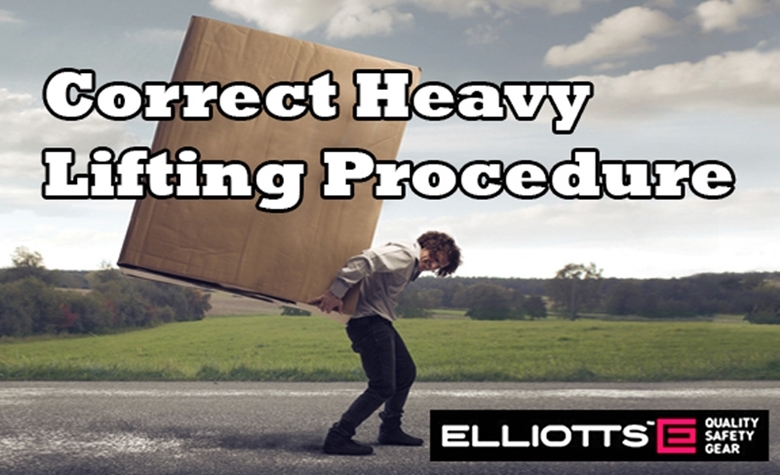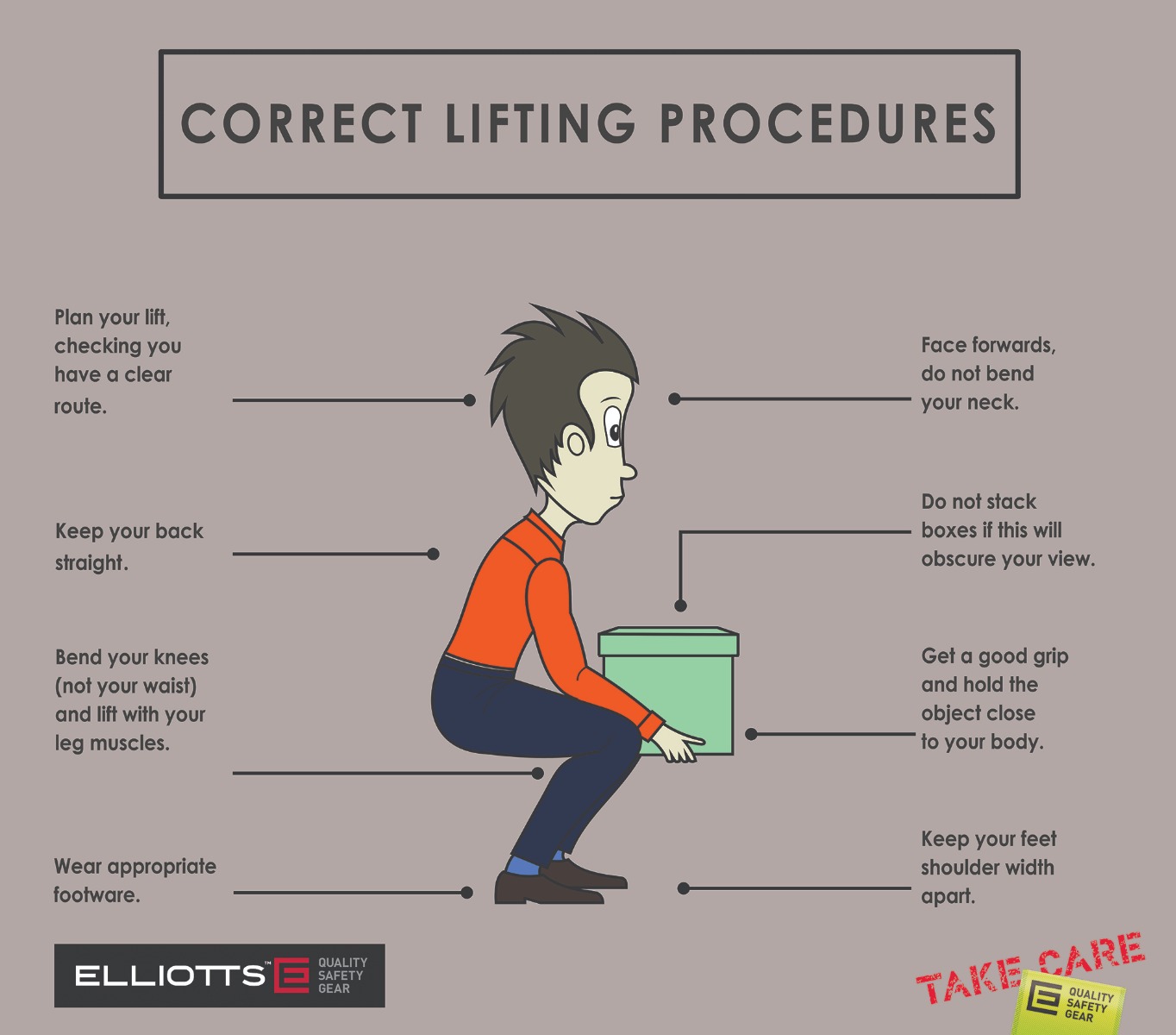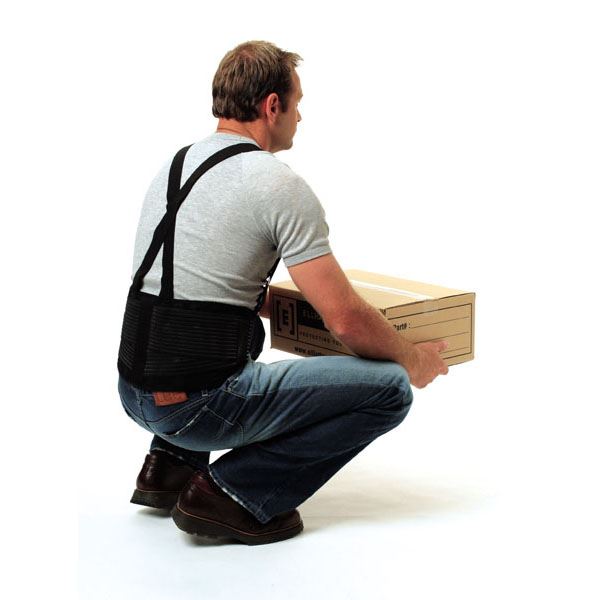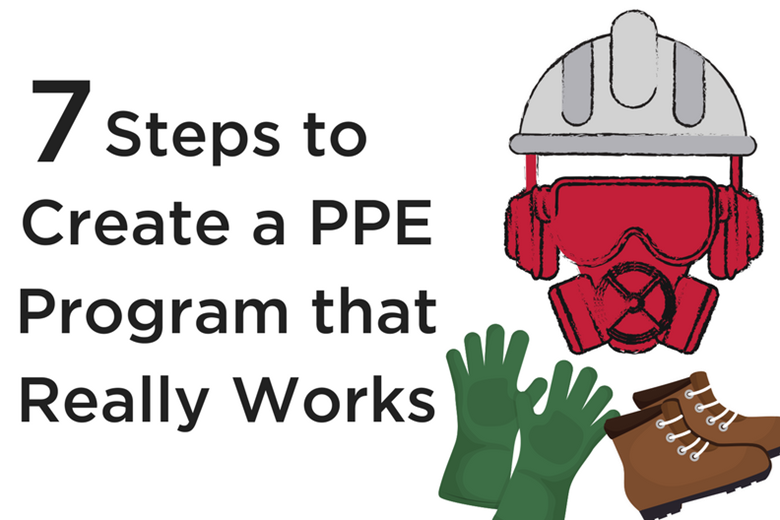Correct Heavy Lifting Procedure

Prevent Manual Handling Injuries Through Proper Lifting
According to Better Health Australia, 1 in 3 injuries to Australian workers are caused by incorrect manual handling. A manual handling injury can result from a load being lifted incorrectly, or lifted in an unsafe environment.
Maximum Weight Limits for Lifting
The Work Health and Safety Regulations have not prescribed a maximum weight limit for men or women as everyone has different physical capabilities. Attention must be paid to the manufacturer’s recommendations and precaution statements provided in user manuals, brochures or on the product itself. The National Code of Practice for Manual Handling indicates that lifting weights over 55kg should not be lifted without mechanical assistance or team lifting and workers under the age of 18 should not be required to lift, lower or carry more than 16kg without mechanical or other assistance.
Guide to Correct Lifting
To celebrate National Work Safe Month, we have compiled seven steps to minimize injury while heavy lifting:

1. Preparation – Clear away any obstacles in your way and put on Elliotts’ Back Support Belt. Contract your stomach muscles to help brace your back and significantly lower the risk of back injury.
2. Size up the load – Always think the load is heavier than it really is. Move the load sideways and forward to determine whether you are able to lift it.
3. Proper foot position – Put your front foot beside the object, and your back foot slightly behind, hip-width from the front foot. This ensures a stable base and allows for even weight distribution when lifting.
4. Proper hold – Keep arms as straight as possible, with elbows tucked into your side. Use the full length of your fingers and palms to avoid fatigue.
5. Bend the needs – Bend your knees to go down to the load, and push up with your legs to lift. The leg and thigh muscles are the strongest part of your body and your back should only be used for bracing.
6. Straight back – Keep your back as straight as possible and raise your head, keeping your chin in. Your head position will help keep your spine straight and enable you to see where you are going.
7. Grip – Don’t change your grip while carrying and directly face the spot you are taking the load. Never twist your body and lift at the same time as it causes the worst type of injury.
Elliotts’ Adjustable Back Support belt comes in small, medium, large, and extra-large and will significantly reduce the risk of injury and speed up recovery.
 Adjustable Back Support Belt
Adjustable Back Support Belt
CONTACT US
If you need more information about our safety product or expert advice on choosing the right safety gear for your workplace, feel free to get in contact with us. We would love to assist you! Call us on 07 3265 2944 or send us a message through our Contact page.








